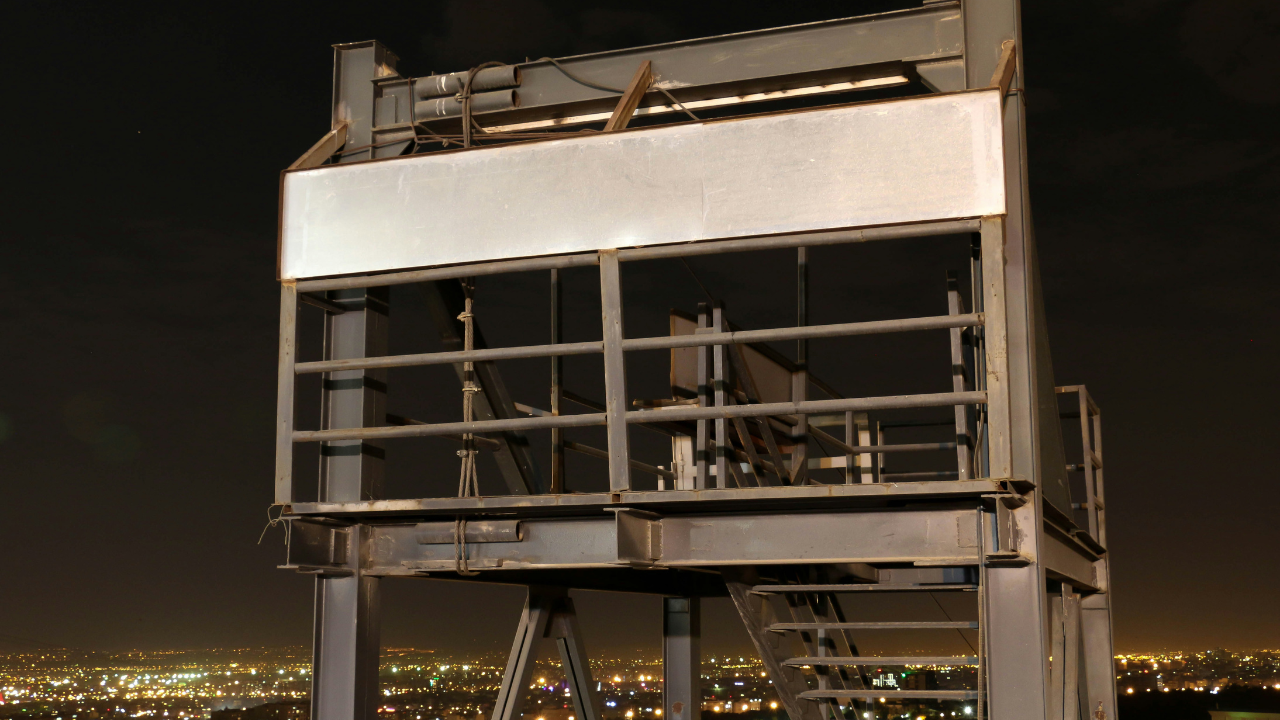Introduction to the importance of preserving historical structures
History is a tapestry woven with remarkable structures that once stood as testaments to human creativity and ambition. Each stone, beam, and archway tells a story—one of culture, innovation, and progress. Yet, throughout the ages, many of these iconic landmarks have faced an unfortunate fate: they were razed to the ground. The loss of such historical treasures resonates deeply within us all. As we explore notable structures that met their demise over time, we uncover not just what was lost but also why preserving our architectural heritage matters more than ever. Let’s embark on this journey through time to remember those awe-inspiring creations that have vanished from our landscapes forever.
Ancient Structures that were destroyed, including:
The Library of Alexandria, once a beacon of knowledge, stood proudly in Egypt. Scholars from around the world flocked to its vast collection. Tragically, it was lost through a series of calamities and neglect.
Next is the Colossus of Rhodes, an awe-inspiring statue that symbolized triumph. Towering over the harbor, it celebrated victories but succumbed to an earthquake just decades after its completion.
Then there’s the Temple of Artemis at Ephesus. This grand structure was dedicated to the goddess and drew pilgrims far and wide. Despite its beauty and significance, it faced multiple destructions before being reduced to ruins.
Each ancient structure told stories filled with culture and history. Their loss resonates not only as architectural gaps but as reminders of our fragile heritage. The echoes of these razed landmarks linger on in time’s passage.
The Library of Alexandria
The Library of Alexandria was once the epitome of knowledge in the ancient world. Founded in the 3rd century BCE, it housed countless scrolls and texts from various cultures. Scholars flocked there to study, debate, and innovate.
This grand institution symbolized humanity’s quest for understanding. It is said that it contained works from legendary thinkers like Homer and Plato. Imagine walking through its vast halls, surrounded by wisdom from centuries past.
Sadly, this beacon of intellect faced a tragic fate. The reasons behind its destruction remain shrouded in mystery—wars, neglect, or perhaps simple misfortune. Each theory adds another layer to its enigmatic legacy.
Today, the loss resonates deeply within us. The idea that so much knowledge vanished into thin air stirs a profound sense of grief for what could have been preserved for future generations.
The Colossus of Rhodes
The Colossus of Rhodes stood as a beacon of ancient engineering. Erected around 280 BC, this colossal statue towered over the harbor, celebrating the sun god Helios. It was not just an artistic marvel but a symbol of victory for the people of Rhodes.
Crafted from bronze and iron, it reached heights of approximately 108 feet. Imagine sailors navigating into port, greeted by its monumental stature against the skyline. The sheer scale must have inspired awe and respect.
Unfortunately, this magnificent structure met its demise in 226 BC due to a devastating earthquake. Pieces lay scattered along the coast for centuries, telling tales of glory lost to time.
Although long gone, its legacy endures through art and literature. The Colossus remains one of the Seven Wonders that ignites imaginations even today.
The Temple of Artemis at Ephesus
The Temple of Artemis at Ephesus stood as a marvel of ancient engineering. Constructed around 550 BC, it was dedicated to the goddess Artemis, a symbol of fertility and hunting.
This massive temple measured over 377 feet long and 180 feet wide. Its grand scale captivated visitors from far and wide. Intricate sculptures adorned its façade, showcasing the artistry of the time.
Despite its glory, the temple faced multiple destructions. It was first looted in 262 AD by invading Goths. Later, Christian zealots dismantled parts to repurpose materials for other buildings.
Today, only fragments remain on-site as reminders of its former splendor. The ruins continue to attract historians and tourists alike who seek to understand this lost wonder’s significance within ancient culture.
Modern Structures that were demolished, including:
Modern structures hold memories and stories. Among them, Penn Station in New York City stands out. Once a magnificent architectural marvel, its grandeur was overshadowed by the need for progress. In the 1960s, it met an unfortunate fate when it was razed to make way for a new era of transportation.
Pruitt-Igoe Housing Complex in St. Louis is another significant example. Built in the 1950s as a symbol of modern urban living, it quickly fell victim to societal shifts and mismanagement. By the early 1970s, this ambitious project faced demolition after becoming synonymous with failure.
These demolitions reflect broader trends in society’s values and priorities over time. Each structure carried hopes and dreams that eventually crumbled alongside their physical forms, leaving behind complex legacies worth remembering.
Penn Station in New York City
Penn Station in New York City was once an architectural marvel. Opened in 1910, it featured grand Beaux-Arts design that captured the essence of early 20th-century elegance. Vast waiting halls and intricate details made it a beacon for travelers arriving in the bustling city.
However, by the mid-1960s, plans were set into motion that would alter its fate forever. In a controversial move, this iconic structure was razed to make way for the Madison Square Garden complex. The decision sparked outrage among preservationists and architecture lovers alike.
The loss of Penn Station marked a significant moment in urban history. It highlighted the struggle between modern development and historical integrity. Today, many reminisce about what once stood on that site—a reminder of how quickly progress can erase our past treasures.
Pruitt-Igoe Housing Complex in St. Louis
The Pruitt-Igoe Housing Complex in St. Louis stands as a stark symbol of mid-20th-century urban planning failures. Built in the 1950s, it was initially heralded as a solution to post-war housing shortages. Designed with modernist ideals, its high-rise buildings were meant to promote community living.
However, what began as an ambitious project quickly deteriorated. Overcrowding and poor maintenance led to rampant crime and social issues. Residents faced systemic neglect that transformed hopeful beginnings into despairing realities.
By the 1970s, the government deemed it uninhabitable. The demolition started in 1972, erasing not just structures but dreams too. Today, Pruitt-Igoe serves as a cautionary tale about the complexities of urban development and social responsibility. Its legacy continues to ignite discussions on public housing policies and architectural ethics within cities across America.
Reasons for the destruction of these structures
The reasons behind the razing of historical structures are often complex and multifaceted. In ancient times, political strife played a significant role. Conquerors would destroy landmarks to erase cultural identity or assert dominance over a region. The Library of Alexandria, for instance, fell victim to such turmoil, losing countless scrolls that contained irreplaceable knowledge.
Modern demolitions tell different stories. Urban development frequently prioritizes progress over preservation. Penn Station in New York City was razed to make way for Madison Square Garden, leaving many lamenting the loss of its architectural grandeur.
Economic factors cannot be overlooked either. Structures like the Pruitt-Igoe Housing Complex were deemed unsustainable and unfit for modern living standards during a period marked by economic decline.
Social dynamics also play a part; changing values can lead communities to abandon once-treasured sites in favor of new priorities or visions for urban landscapes.
Efforts to preserve and memorialize these lost landmarks
Efforts to preserve the memory of razed structures often blend creativity with education. Artists, historians, and architects come together to create installations that honor these lost landmarks.
In cities where buildings once stood, memorial parks or plaques are sometimes established. These spaces serve as reminders of what was there and encourage reflection on their historical significance.
Virtual reality has emerged as a powerful tool in this endeavor. By reconstructing lost structures digitally, people can experience them firsthand without physical remnants.
Documentaries also play a crucial role in storytelling. They bring attention to the cultural impact of demolished buildings while educating newer generations about their importance.
Community engagement is vital too. Local groups often organize events or discussions focused on preserving history, ensuring that these stories live on despite the absence of physical evidence.
The impact
The loss of historical structures leaves a profound void in our cultural landscape. These buildings were more than just bricks and mortar; they held stories, memories, and the spirit of their time.
When these landmarks are razed, communities often lose a piece of their identity. The absence fosters a sense of disconnection from history. People may struggle to relate to their past when tangible links have vanished.
Moreover, the destruction affects tourism and local economies. Visitors flock to cities for their rich histories and iconic sites. When those sites disappear, so do opportunities for economic growth tied to heritage conservation.
Memorializing destroyed structures can evoke emotions that help societies process grief over lost heritage. It reminds us why preservation matters—as each razing erases not only physical entities but also chapters from humanity’s shared narrative.
Conclusion
The stories of these razed structures go beyond mere bricks and mortar. They represent the ambitions, cultures, and histories that shaped civilizations. Each destruction tells a tale of loss—be it the grand Library of Alexandria or the architectural marvels like Penn Station.
Efforts to preserve and memorialize these landmarks remind us of their significance. Museums, literature, and even digital reconstructions help keep their memories alive. The void left by these lost wonders serves as a constant reminder of both fragility and resilience in our built environment.
As we reflect on what has been lost through time’s relentless passage, it becomes clear: every structure carries with it lessons about our past—a calling to cherish what remains while advocating for preservation in an ever-changing world. Recognizing this legacy enriches not just our historical understanding but also shapes how future generations will honor their heri











